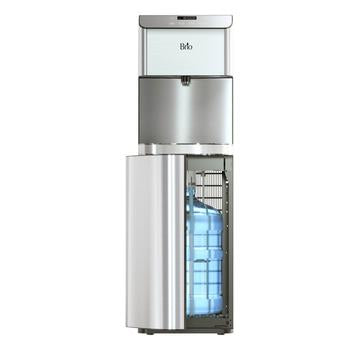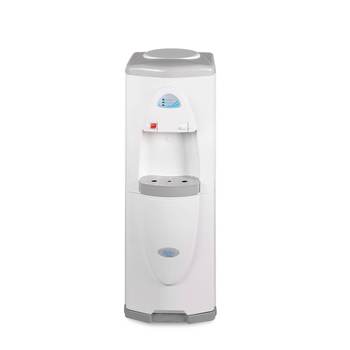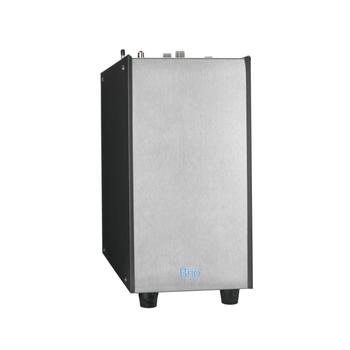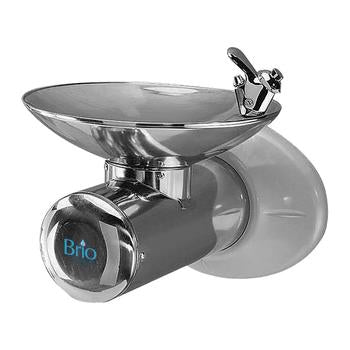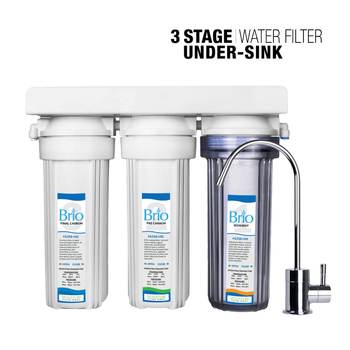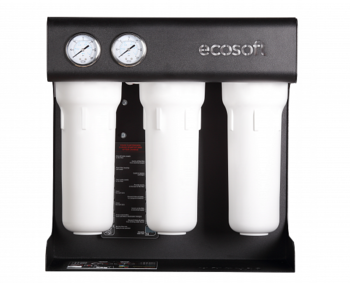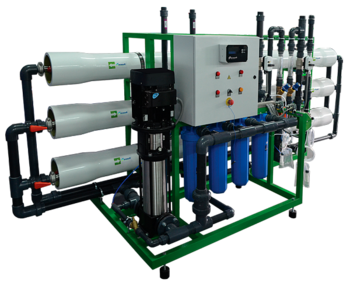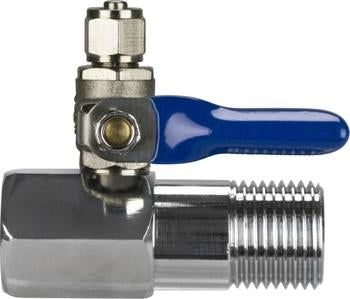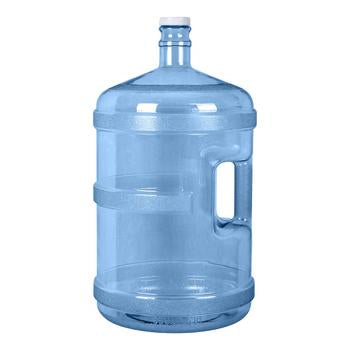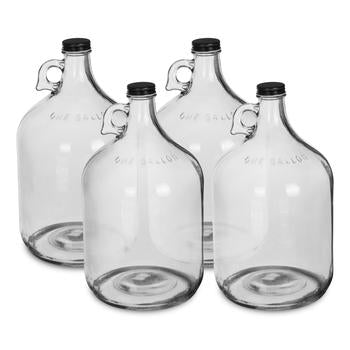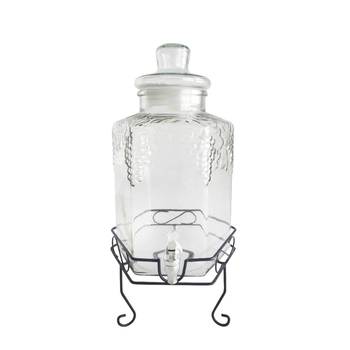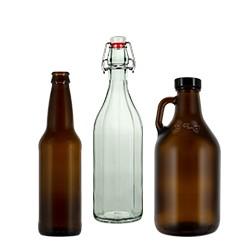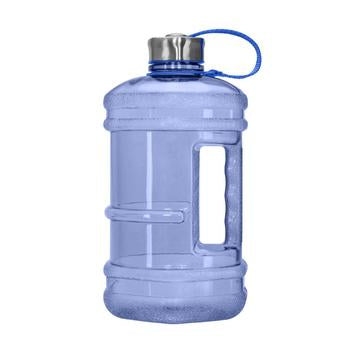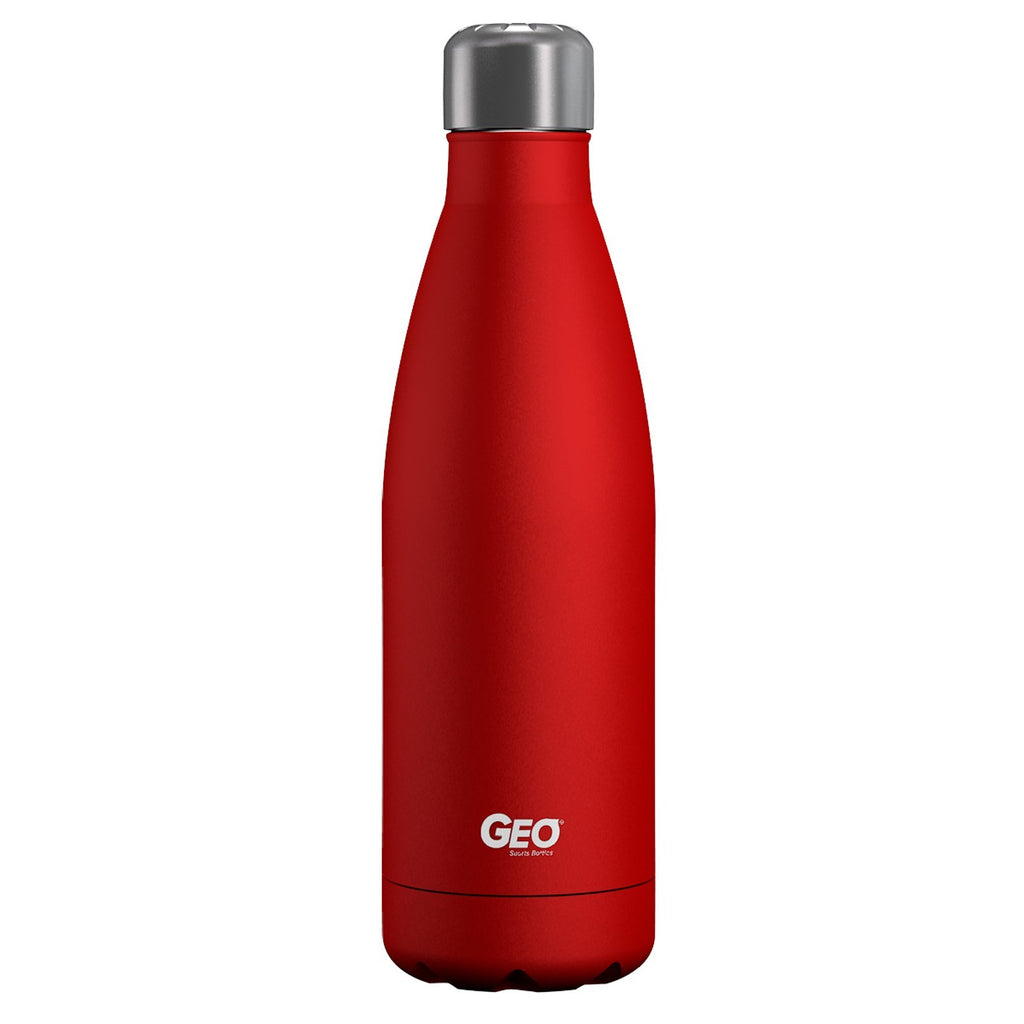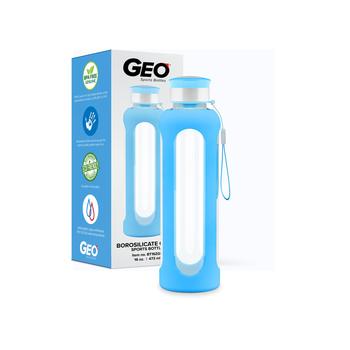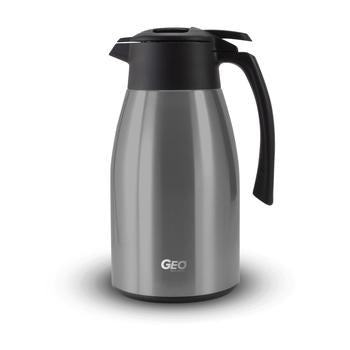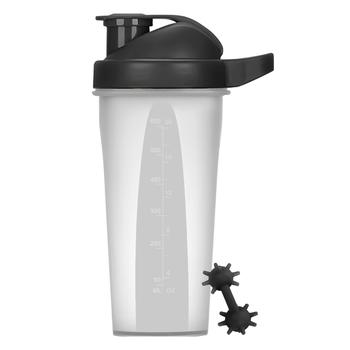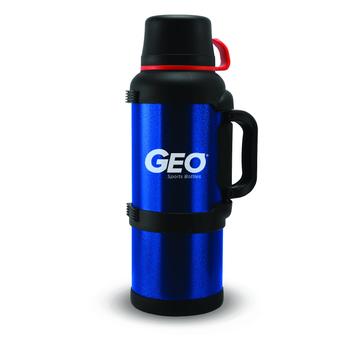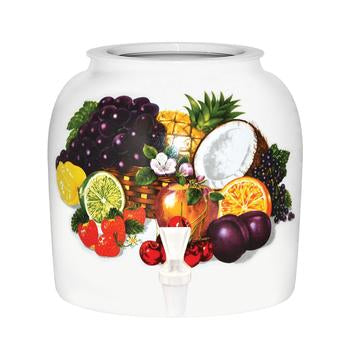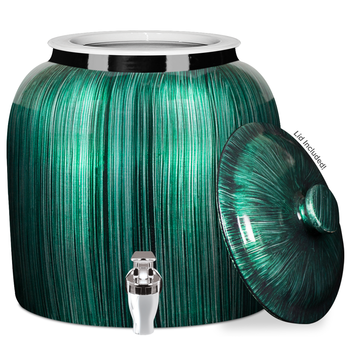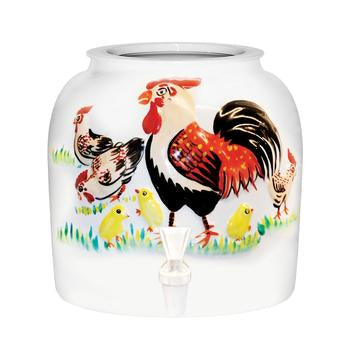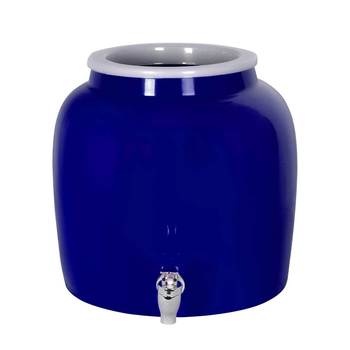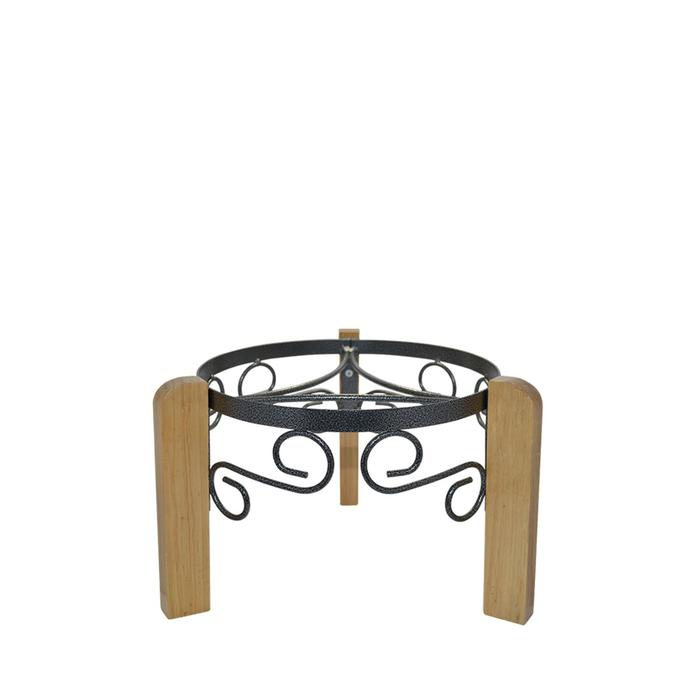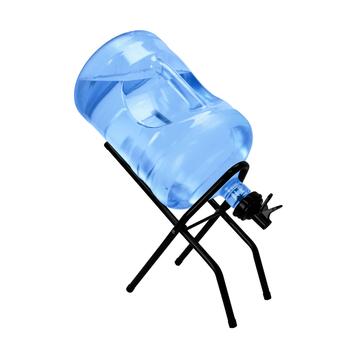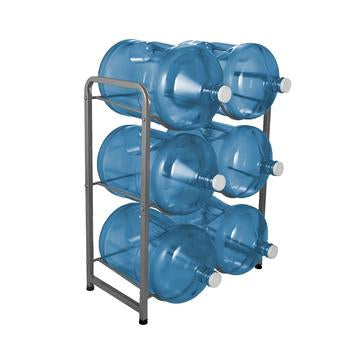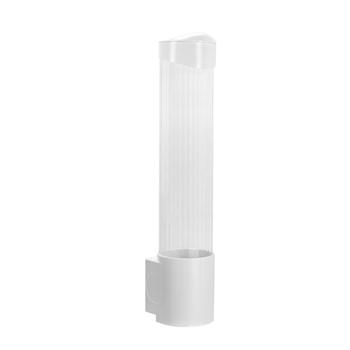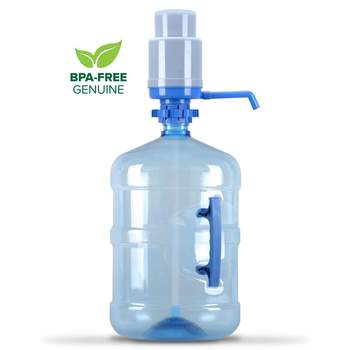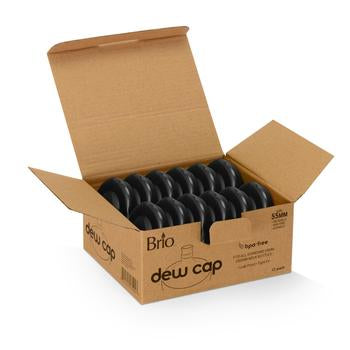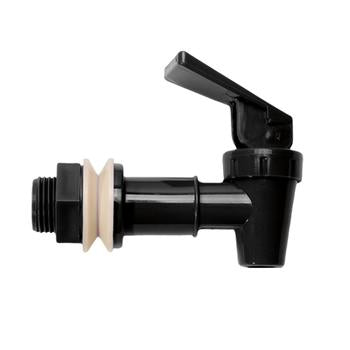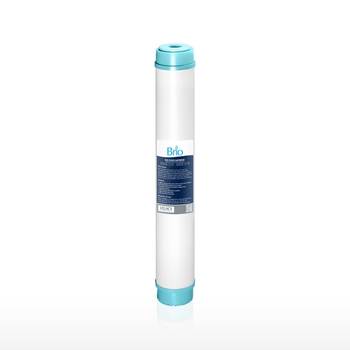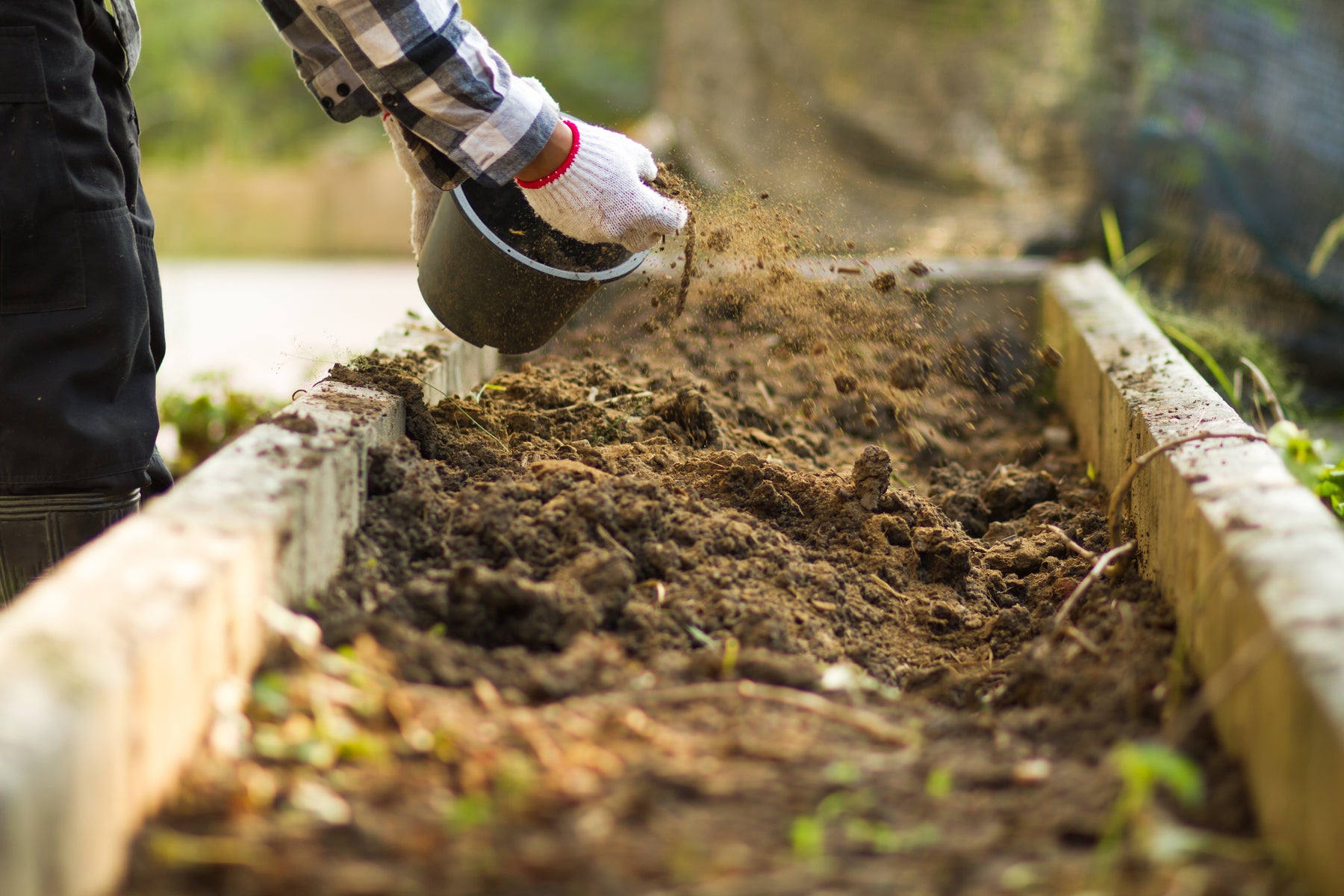
How to Make a Compost
Composting involves taking food scraps and other organic waste and turning them into sustainable material to add to the soil to help plants grow. Rather than spending a lot of money on soil and mulch to start your garden out strong, making your own compost is a more sustainable option that will make your life easier and help the planet thrive. It's an environmental win-win!
Thirty percent of compostable goods get thrown away into landfills where they take up space and create toxic chemicals that are detrimental to our planet. When organic material breaks down alongside other waste in landfills, methane gas is created, which contributes to global warming and other detrimental effects to the planet we live on.
Rather than dumping old fruits and veggies or that now-cold tea bag in the garbage, consider adding it to a homemade compost bin in your house instead!
To begin, you can choose whether you'd like to make your compost pile indoors or outdoors. A properly maintained composting pile will not attract unwanted pests, so you can place it right next to your kitchen sink to conveniently throw away items if desired!
You will need to start your compost pile by adding three key ingredients.
Brown items: dead leaves, branches, and twigs
Green items: lawn clippings, vegetable waste, fruit scraps, and coffee grounds
Water: fresh filtered water works best
Ensuring that your garden compost pile includes a balanced mix of all three of these ingredients will result in a successful compost.
In a small trash can or bin, combine dry leaves, twigs, grass clippings, soil, and other brown and green waste items to create the base of your compost pile. You will need about 10 inches of brown and green material before you begin adding your waste items.
After you have established enough plant material and have adequately kept your compost moist with fresh water, you can begin adding fruit and vegetable waste. Bury these scraps 10 inches into your compost bucket and frequently water it or cover with a tarp to keep the pile moist.
Pro tip: To make composting even more of a breeze, a Brio cooler can provide you with fresh filtered water without even needing to touch a button! Wave your hand over the sensor on the Touchless Brio Moderna and drink, cook, and compost with filtered water to your heart's desire.
Now that you've begun your composting process, you can add a variety of kitchen scraps to your DIY compost bin! Items that are popular and safe to discard are:
- Fruits and vegetables
- Eggshells
- Coffee grounds and filters
- Tea bags
- Nut shells
- Shredded newspaper
- Cardboard
- Paper
- Grass clippings
- Yard waste
- House plants
- Leaves
From time to time, use a shovel or garden fork to turn over the compost and mix items thoroughly for efficient decomposing. When the decomposed matter at the bottom of your compost bin is dark brown, it is ready to be used in your soil. With proper supervision and care, your finished compost will be ready for use in about two weeks, and you can continue to add compost material to it for up to two years!
A compost heap is great for your home garden or backyard soil because it returns decomposed organic material back to the earth rather than letting composting material go to waste in landfills. You will not have to worry about purchasing fertilizers or smelly manure to help your garden thrive, because compost contains an array of natural benefits to help plants thrive naturally. You’ll also lower your carbon footprint, keep hazardous greenhouse gasses from plaguing our earth, and enrich important bacteria that will keep your garden growing!
Creating a usable compost bin at home is attainable for any lifestyle. No matter how big or small your compost bin is, whether it's in a 5-gallon bucket outdoors or in a small kitchen compost bin by your sink, using your food scraps and kitchen waste to make organic matter will contribute to the preservation of a healthy planet. Now go out there and become a pro composter!


